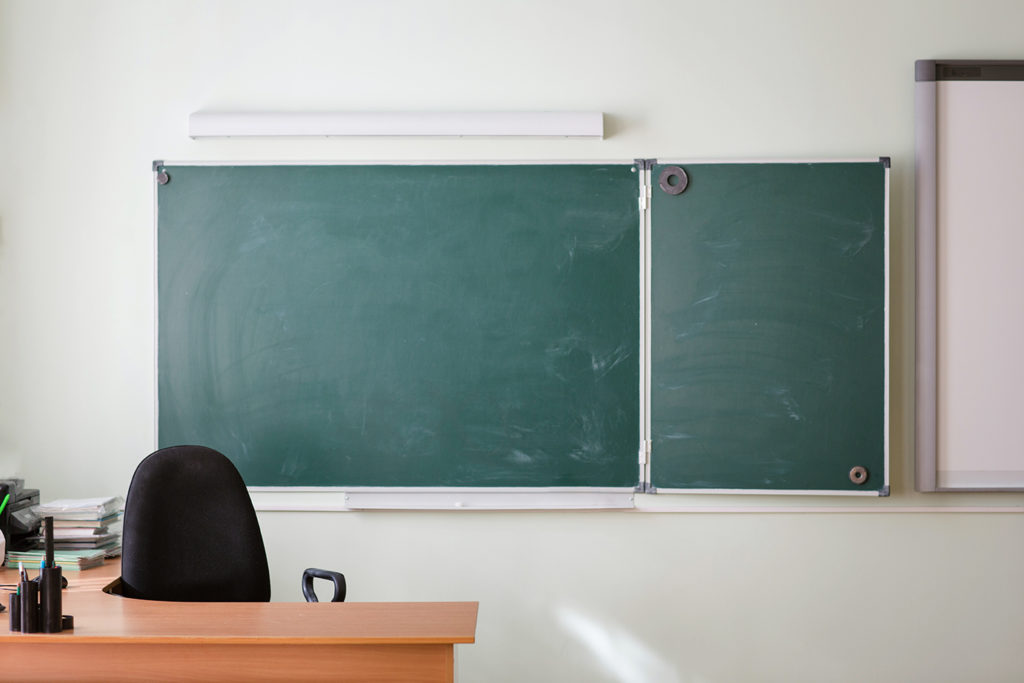Some standardized tests like the Programme for International Student Assessment (PISA) and Trends in International Mathematics and Science Study (TIMSS) are globally accepted, as they test both student’s individual knowledge and survey students’ contexts for deeper analysis.
Try reading the recent PISA methodology, results and reports here.
Recently, there are attempts to introduce innovative assessment approaches to solve the issues of learning turning into studying for the tests, and to be able to better reflect the reality. The approaches do not only assess children, but also teachers and education systems.
In case you want to read more, here’s one of the sources.
This chapter takes you to the fundamental models of assessment, such as students’ academic performance assessment, learning outcome evaluation, and standardized tests. It also covers the innovative ways of measuring students’ learning and various interesting cases. The viewers can be inspired with new ideas what you have learnt and practical examples of the learning assessment. You can apply them to the daily work or plans and proposals of equitable education projects.




